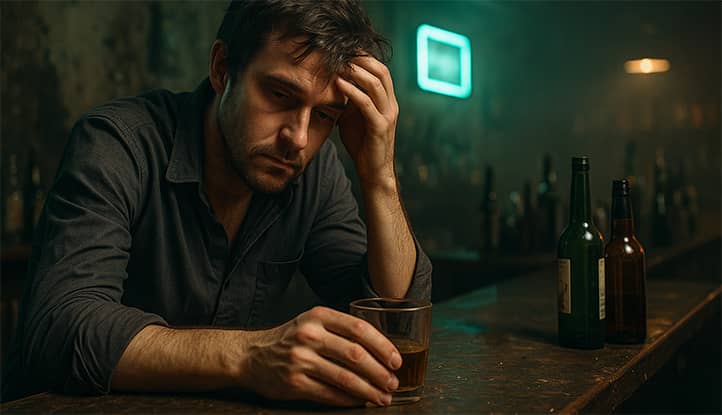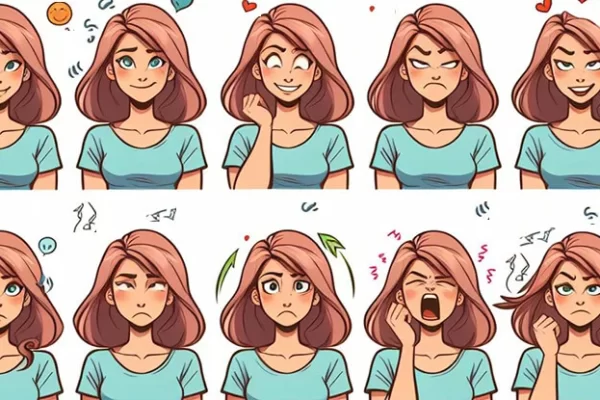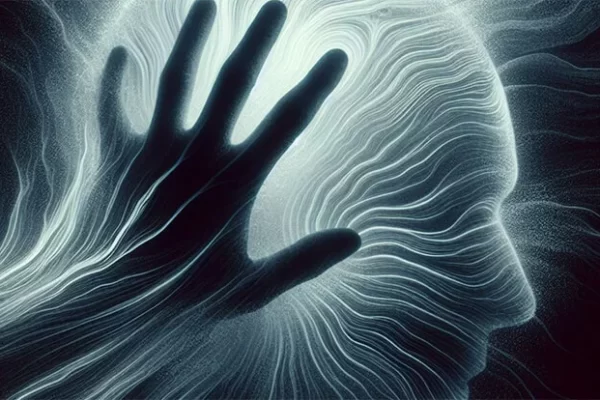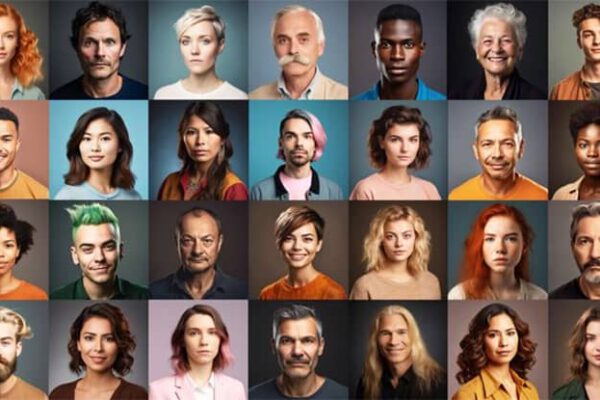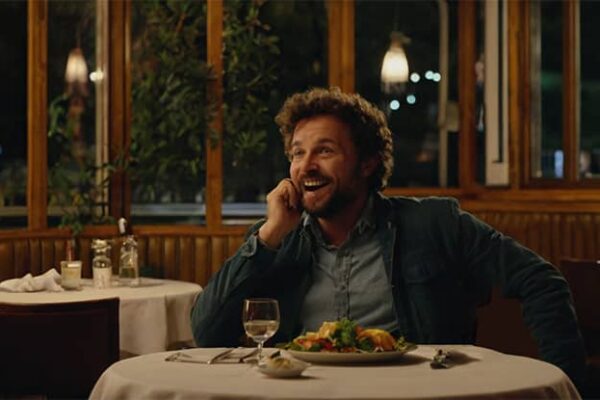Addiction is not just a bad habit that can be overcome by willpower. It is a complex psychophysiological mechanism that entangles a person in invisible but strong shackles. According to the WHO, every third person has encountered some form of addiction at least once in their life—whether it’s alcohol, drugs, gambling, or even compulsive social media use. But only a few find the strength and resources to break this vicious cycle. Why does this happen?
From a psychological perspective, addiction is not a character flaw but a complex disorder affecting both the brain and emotions and behavior. It develops when the natural reward systems in the psyche malfunction: what begins as a way to cope with stress, pain, or boredom gradually turns into an obsessive need. A person loses control, and their life narrows down to a single goal—getting a new “dose,” whether it’s a substance, an action, or even a relationship.
But there is good news: psychology offers not just treatment but a whole set of tools for liberation. This is not only about addressing symptoms but also deeply understanding the causes—traumas, beliefs, emotional voids that fuel addiction. Modern therapy methods help not only to “quit” but also to restructure thinking, restore a connection with reality, and learn to live anew—consciously, freely, and without shackles.
In this article, we will break down exactly how psychology helps overcome addiction: from the mechanisms of its formation to practical steps anyone can take to regain control of their life.
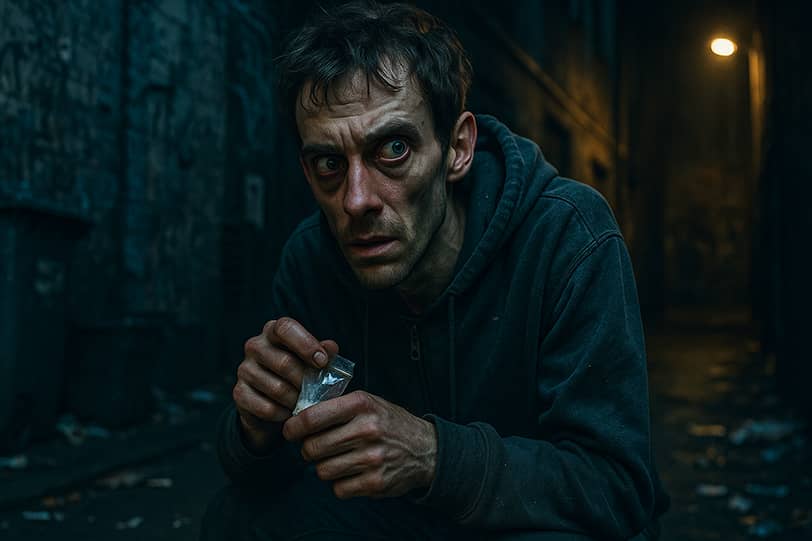
Why addiction is not just a bad habit?
Many still believe that addiction is a sign of weak willpower or simply a “bad habit” that can be kicked if one truly wants to. But modern science has proven: addiction is a complex disease affecting both the body and the mind. It does not target the “weak” or “spineless”—anyone under certain conditions can fall under its influence.
To understand why it is so hard to break free from addiction, we need to examine how it works. It is not just a behavioral issue but a deep malfunction in the motivation system, emotions, and even the brain’s structure. Let’s look at three key aspects that debunk the myth of addiction as a “simple habit.”
The biopsychosocial model of addiction (how addiction forms at different levels)
Addiction never arises out of nowhere—it develops under the influence of a whole range of factors.
- Biological level. Genetics play a significant role—some people are inherently more vulnerable to addiction due to how their brains function. For example, they may have reduced production of “happiness hormones” (dopamine, serotonin), causing them to unconsciously seek ways to artificially boost these levels.
- Psychological level. Trauma, stress, low self-esteem, an inability to cope with emotions—all of this can push a person toward addiction as a “quick painkiller.” For instance, someone might start drinking to numb anxiety or turn to gambling to feel in control of their life.
- Social level. Environment, culture, and the availability of substances or certain activities (e.g., gambling) greatly influence addiction formation. If alcohol or drug use is normalized in one’s family or social circle, the risk of addiction increases.
These three levels interact, creating a “trap” that cannot be escaped by willpower alone.
Myths about addiction
Myths about addiction not only prevent people from seeking help but also amplify guilt, which only worsens the problem. Let’s debunk the most common misconceptions:
- “Addiction is a choice.” In reality, in the early stages, a person may control their use, but over time, changes in the brain lead to a loss of control. It is no longer a choice but a physiological and psychological need.
- “Just pull yourself together.” If it were that simple, there wouldn’t be millions of people struggling with addiction for years. Willpower is important, but it’s not enough—comprehensive work on the root causes, support, and often professional help are needed.
- “Addicts are weak or bad people.” Addiction does not make a person “bad.” It is an illness that can affect anyone, regardless of intellect, willpower, or social status.
Debunking these myths is the first step toward treating addiction as a disease that can and should be treated.
How does the brain change under the influence of addiction?
The brain of an addicted person is physically different from that of someone who has never faced this problem. Here’s how it works:
- Dopamine traps. Normally, dopamine (the pleasure and motivation hormone) is released when we do something beneficial for survival—eating, exercising, socializing. But substances or certain behaviors (e.g., gambling) artificially trigger a massive dopamine surge, far exceeding natural levels. Over time, the brain rewires itself: it now needs more and more stimulation to achieve the same effect, while ordinary joys of life stop bringing pleasure.
- Neuroplasticity. The brain can change based on experience—this is called neuroplasticity. Unfortunately, with addiction, these changes are harmful: the brain “learns” to live in a constant search for the next dose, while the connections responsible for self-control and critical thinking weaken.
- Withdrawal and relapses. When a person tries to quit an addiction, the brain, accustomed to artificial stimulation, rebels—hence withdrawal symptoms (cravings, irritability, depression). This is not just the body “acting up” but a consequence of deep changes in brain chemistry.
The good news is that the brain can recover—but it takes time, proper therapy, and conscious effort.
Addiction is not weakness or a bad habit but a complex disease where biological, psychological, and social factors intertwine. Understanding this is the first step toward stopping self-blame or blaming loved ones and starting the journey to recovery.

Psychological Mechanisms of Addiction
Addiction is not just a physical craving. At its core lie powerful psychological mechanisms that compel a person to return to destructive behavior again and again, even when they are aware of its harm. Why does this happen? What makes an intelligent, talented person remain captive to addiction for years, losing health, relationships, and the meaning of life?
The answer lies in the deep processes of the human psyche. Addiction is not just a bad habit but a complex system of psychological defenses, a way to cope with pain, fear, or emptiness. It creates an illusion of control where there is none, offers false comfort, and becomes the only “salvation” from unbearable emotions. Let’s examine three key psychological mechanisms that make addiction so powerful and insidious.
Escape from Reality
Almost any addiction begins as a way to escape reality—from pain, boredom, loneliness, or feelings of inadequacy.
- Addiction as anesthesia. When emotions become too intense (anger, shame, anxiety) and a person lacks the skills to cope, addictive behavior (alcohol, gambling, social media) becomes “first aid.” It dulls emotions, provides temporary relief—and thus becomes the only known way to “endure” difficult feelings.
- Avoidance of responsibility. Sometimes, addiction is a way to evade adulthood, decision-making, or facing life’s challenges. For example, someone afraid of career failure might “hide” in alcohol, telling themselves: “I could have succeeded if I didn’t drink.” Thus, addiction becomes an excuse for inaction.
- The illusion of a different “self.” In a state of intoxication or excitement, a person may feel more confident, sociable, or significant. This creates a powerful temptation to return to addiction again and again—because in real life, they don’t feel as “successful” or “interesting.”
The problem is that the more a person escapes reality, the more their ability to cope without the “crutch” of addiction deteriorates.
Trauma and Addiction
Research shows that most people with severe addictions have unprocessed psychological trauma in their past.
- Childhood trauma and abuse. If a child grew up in an atmosphere of cruelty, emotional coldness, or unpredictability, their psyche remembers: the world is dangerous, trust is impossible, and coping with pain alone is unbearable. As adults, such individuals often seek “solace” in substances or compulsive behaviors (overeating, gambling) because it’s the only self-soothing method they know.
- Post-traumatic stress disorder (PTSD). For people who have survived violence, war, or disasters, addiction often becomes a way to “drown out” intrusive memories or numb constant anxiety.
- Codependent relationships. If a person grew up in a family where a parent struggled with addiction, they may unconsciously replicate the same behavior—because it’s a “familiar” environment for them.
It’s important to understand: in such cases, addiction is not weakness but the psyche’s attempt to protect itself from unbearable pain. However, the longer this “self-medication” continues, the deeper the problem becomes.
The Addiction Cycle (Euphoria → Tolerance → Withdrawal → Relapse)
Addiction develops in a spiral, and each turn pulls the person deeper.
- Euphoria (high, “magic state”). The first doses of alcohol, drugs, or a casino win trigger a powerful rush of pleasure. The person feels: “This is the solution to all problems!”
- Tolerance (habituation). Over time, the same doses no longer produce the same effect. To achieve euphoria, the “dose” must be increased (more alcohol, bigger bets, more time on social media).
- Withdrawal (discomfort). When the substance or behavior is absent, irritability, anxiety, and depression set in. The brain demands, “Bring back the pleasure!”—and the person relapses.
- Relapse and guilt. After a relapse, shame overwhelms them (“I’m weak”), which increases stress—and to numb it, they return to addictive behavior. The cycle closes.
Breaking this cycle without help is extremely difficult because both biological mechanisms (brain changes) and psychological ones (fear, shame, hopelessness) are activated at each stage.
Addiction is not just a “bad habit” but a complex psychological mechanism that forms as a defense against pain, trauma, and an inability to cope with reality. Understanding these mechanisms is the key to fighting not only the consequences but also the root causes of addiction.
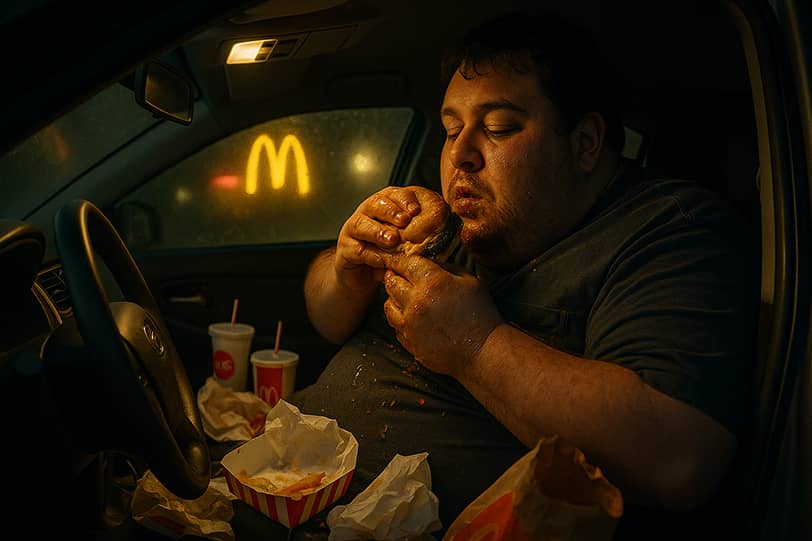
How Psychology Helps Break the Vicious Cycle?
Addiction often seems insurmountable—a person may recognize its destructive consequences yet feel powerless against the craving. However, modern psychology offers effective methods that don’t just involve “white-knuckling” through addiction but genuinely transform thinking and behavior. These approaches work at different levels: they change distorted thought patterns, help uncover internal motivation, process deep psychological trauma, and provide support through community.
The key advantage of psychological help is that it doesn’t just combat symptoms but helps uncover the roots of addiction and develop healthy life strategies.
Cognitive Behavioral Therapy (CBT) – Changing Thought Patterns
CBT is one of the most effective methods for treating addiction. It’s based on a simple idea: our thoughts influence emotions, and emotions influence behavior. Addiction is often sustained by distorted beliefs, such as:
- “I can’t handle stress without alcohol.”
- “One time doesn’t count.”
- “I’ve already ruined everything, so I might as well keep going.”
How CBT works:
- Identifying triggers—situations, thoughts, or emotions that provoke cravings.
- Analyzing automatic thoughts—those irrational beliefs that lead to relapse.
- Replacing destructive thoughts with rational ones: “I can cope with stress in other ways,” “One time is still a step backward.”
- Developing new behavioral strategies—for example, if someone used alcohol to relieve stress, the therapist helps find alternatives (exercise, breathing techniques, hobbies).
CBT provides concrete tools that can be applied in daily life to gradually weaken addiction’s grip.
Motivational Therapy Methods – Finding Inner Resources for Change
Many people struggling with addiction waver between wanting to change and fearing life without their “crutch.” Motivational therapy strengthens resolve and helps uncover personal reasons for recovery.
Core principles:
- Addressing ambivalence (conflicting feelings). The therapist doesn’t pressure but helps the person articulate why overcoming addiction matters to them.
- Focus on personal values—for example, if family is important, the therapist highlights how addiction damages those relationships.
- Supporting self-efficacy—the belief that change is possible.
Techniques:
- Awareness-building questions: “How does addiction interfere with what matters to you?”
- Scaling: “On a scale of 1 to 10, how ready are you to change? What would raise that number?”
- Future visualization: “What would your life look like in a year without addiction?”
This approach is especially helpful for those unsure about quitting but already considering the consequences.
Gestalt Therapy and Working with Unfinished Processes
Gestalt therapy focuses on “unfinished business”—repressed emotions, unspoken words, unresolved conflicts that often underlie addiction.
How it works:
- Awareness of the “here and now”—the therapist helps connect addiction to current emotions.
- Processing past trauma—for example, if someone felt abandoned in childhood, they might “eat” or “drink” their loneliness.
- Experiments—such as role-playing a dialogue with someone who caused pain (even if that person is no longer alive).
Gestalt therapy helps resolve what was “frozen” for years, reducing the need for addiction as an escape from pain.
Group Therapy and Support Communities (12 Steps, Support Groups)
Loneliness and shame are recovery’s greatest enemies. Group therapy and communities (e.g., Alcoholics Anonymous) provide what can’t be achieved alone:
- A sense of belonging—“I’m not alone; others have been through this too.”
- Shared experience—members exchange strategies that worked for them.
- Accountability—regular meetings and check-ins boost motivation.
- The 12 Steps—a structured program involving admitting powerlessness, making amends, and spiritual growth (not necessarily religious).
Groups are especially effective because they shatter the illusion of “I can do it alone” and offer hope through others’ success stories.
Psychology doesn’t offer one but many paths to freedom from addiction. The key is not waiting for a “magic pill” but trying different methods until the right one works.

Practical Steps to Freedom
Theory and therapy provide an important foundation, but real change begins with concrete actions. Many people trying to overcome addiction face the same problem: they know “what to do” but don’t understand “how to do it right now.” This section is a step-by-step action guide to help transition from intentions to real change. There are no abstract tips like “just pull yourself together”—only psychology-backed methods that actually work.
How to Acknowledge the Problem? (Denial and Awareness)
Acknowledging the problem is the first and hardest step. An addicted mind is skilled at making excuses: “I’m in control,” “This doesn’t interfere with my life,” “I can quit anytime.” Overcoming denial requires honesty and sometimes—outside help.
How to get through this stage:
-
The honesty test. Take a sheet of paper and answer in writing:
-
How much time/money/energy goes into the addiction?
-
What have I already lost because of it?
-
What will happen if nothing changes in a year?
-
-
Feedback from loved ones. Sometimes, outsiders see more clearly. Ask someone you trust: “Do you think I have a problem with…?”
-
Addiction journal. For a week, record every instance of addictive behavior, noting:
-
Time and place.
-
Triggers (what led to it?).
-
Consequences (how did it affect mood, tasks?).
-
When the evidence piles up, denial becomes harder—facts on paper don’t lie.
Creating a Personalized Recovery Plan
There’s no one-size-fits-all solution—the plan should fit your lifestyle, type of addiction, and personal traits.
How to make a plan:
-
Identify triggers—Make a detailed list of situations, people, places, and emotions that provoke cravings.
-
Develop avoidance strategies (e.g., if a certain social group is a trigger, plan how to limit contact).
-
Prepare an “emergency kit” for intense cravings:
-
Contacts of supportive people.
-
A list of distracting activities (see next section).
-
Physical techniques (e.g., breathing exercises).
-
-
Gradual quitting vs. cold turkey? Some need total abstinence (“no compromises”), others a step-by-step plan (e.g., reducing intake by 10% weekly).
-
Rewards. Create a system for celebrating each day/week clean (but avoid rewards that could trigger relapse).
Self-Help Techniques: Emotion Journals, Meditation, Replacement Activities
When cravings feel unbearable, these methods help survive the moment without relapse.
-
Emotion journal (the “STOP” method):
-
S — Situation (what happened before the craving?).
-
T — Thoughts (what was going through your mind?).
-
O — Observations (how did your body feel?).
-
P — Behavior (how did you react?).
-
-
Mindfulness meditation (beginner-friendly version):
-
Sit comfortably, close your eyes.
-
Breathe slowly (inhale for 4 counts, exhale for 6).
-
When addiction-related thoughts arise, imagine them as clouds passing by.
-
-
Replacement activities (prepare a list of 10-15 options in advance):
-
Physical: Cold shower, intense exercise.
-
Creative: Drawing, playing an instrument.
-
Social: Calling a friend (unrelated to the addiction).
-
Cognitive: Puzzles, reading complex material.
-
The Role of Loved Ones: How to Support, Not Enable
Misguided help can become enabling. Here’s what actually works:
Do:
- Express feelings without blame: “I worry when you…” instead of “You’re at it again…”
- Offer specific help: “I can babysit if you want to attend group therapy.”
- Praise even small victories.
- Take care of yourself—you can’t “save” someone at the cost of your own health.
Avoid:
- Micromanaging (“Are you sure you didn’t drink?”).
- Taking responsibility for their choices.
- Financing the addiction (even under the guise of “so they don’t steal”).
- Ignoring the problem, hoping “they’ll figure it out.”
Important: Loved ones need support too—groups for codependents help balance assistance with healthy boundaries.
Freedom from addiction isn’t a one-time effort but a series of daily choices. These practical steps are tools to try, adapt, and combine. Remember: if a method doesn’t work immediately, it’s not failure—it’s valuable data on what to try next. Every addiction-free day is a victory worth recognizing.

Conclusion
Addiction often feels like a dead end—a place with no exit, where every path leads back to old habits. But in truth, it’s not the end—it’s a difficult challenge many have already overcome. The difference between those still trapped and those who found freedom isn’t willpower or exceptional strength, but the willingness to admit the problem and take the first step toward help.
The great paradox of addiction is that the longer someone tries to fight it alone, the tighter its grip becomes. Fear of judgment, shame, or “I did this to myself” beliefs block recovery. But the truth is: asking for help isn’t weakness—it’s the first sign of real strength. No one learns to swim without entering the water, and no one beats addiction without taking action.
Modern psychology, support groups, rehab programs—these exist not for “the weak” but for those who choose to fight. And the most crucial thing? Don’t wait for the “perfect moment” or “rock bottom.” The first step can happen now: Tell someone you trust, call a helpline, book a consultation, or simply admit to yourself: “Yes, I’m struggling, and I’m ready to change.”
Addiction takes much—but never the chance to start anew. Every day fought, every small step forward, is already a win. If you or someone you love is trapped—remember: there’s always a way out. It begins with one decision, one conversation, one call. Take that step today.
